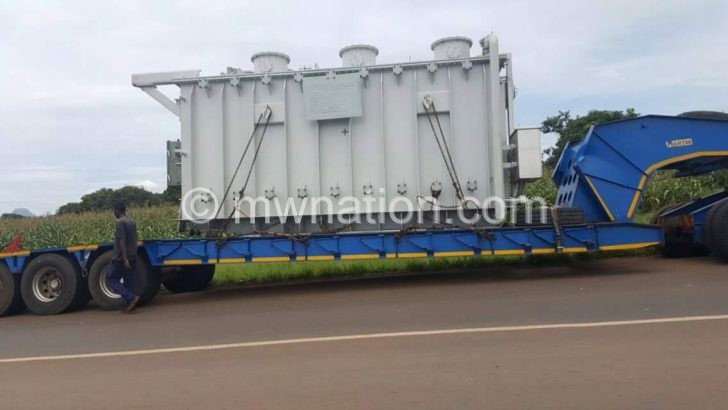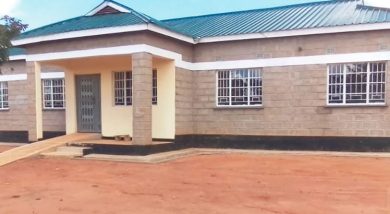City Centre Sub-station work starts—MCA-M
As part of the Infrastructural Development Project (IDP) under the $350 million (K257 billion) Millennium Challenge Corporation (MCC) energy compact, the Millennium Challenge Account-Malawi (MCA-M) has started construction of the City Centre Sub-station.
MCA-M environmental and social performance director Daulos Mauambeta said bush clearing for the distribution line has already started in the buffer areas around Lilongwe City with permission from the city council, Department of Forestry and the Department of National Parks and Wildlife.
“A 33 [kilovolts] kV line will start from Area 33 in Lilongwe going through the Lilongwe Nature Sanctuary to Area 13 where there will be a transmission sub-station. As of now, the amount of electricity that goes to City Centre is not enough to supply all the required developments that may come in the future,” he said.
Mauambeta said to ensure that this development does not come at the cost of the environment, MCA-M will replace 10 trees for every lost tree.
Meanwhile, Chint Electric Limited, the contractor for the $15 million (K11 billion) Bunda Turnoff Sub-station upgrade in Lilongwe, has said 80 percent of the civil works has been completed and the installation works are expected to finish by December this year.
The sub-station, which was originally fed with a 66kV line from Nkula Hydropower Station, will be replaced with a 150kV line from Nkhoma Sub-station. Currently, the equipment at the sub-station has been moved to a temporary base to allow for the construction of the new sub-station.
In an interview, MCA-M communications and outreach director Zilani Khonje said the project is making progress and most of the work would be completed by the end of the project in September 2018.
According to MCA-M, 89 percent of the total compact grant has been committed and 49 percent of the committed funds have been disbursed.
The Malawi compact is a single sector programme designed to increase individual and business incomes and reduce poverty by improving the availability, reliability and quality of power supply.




